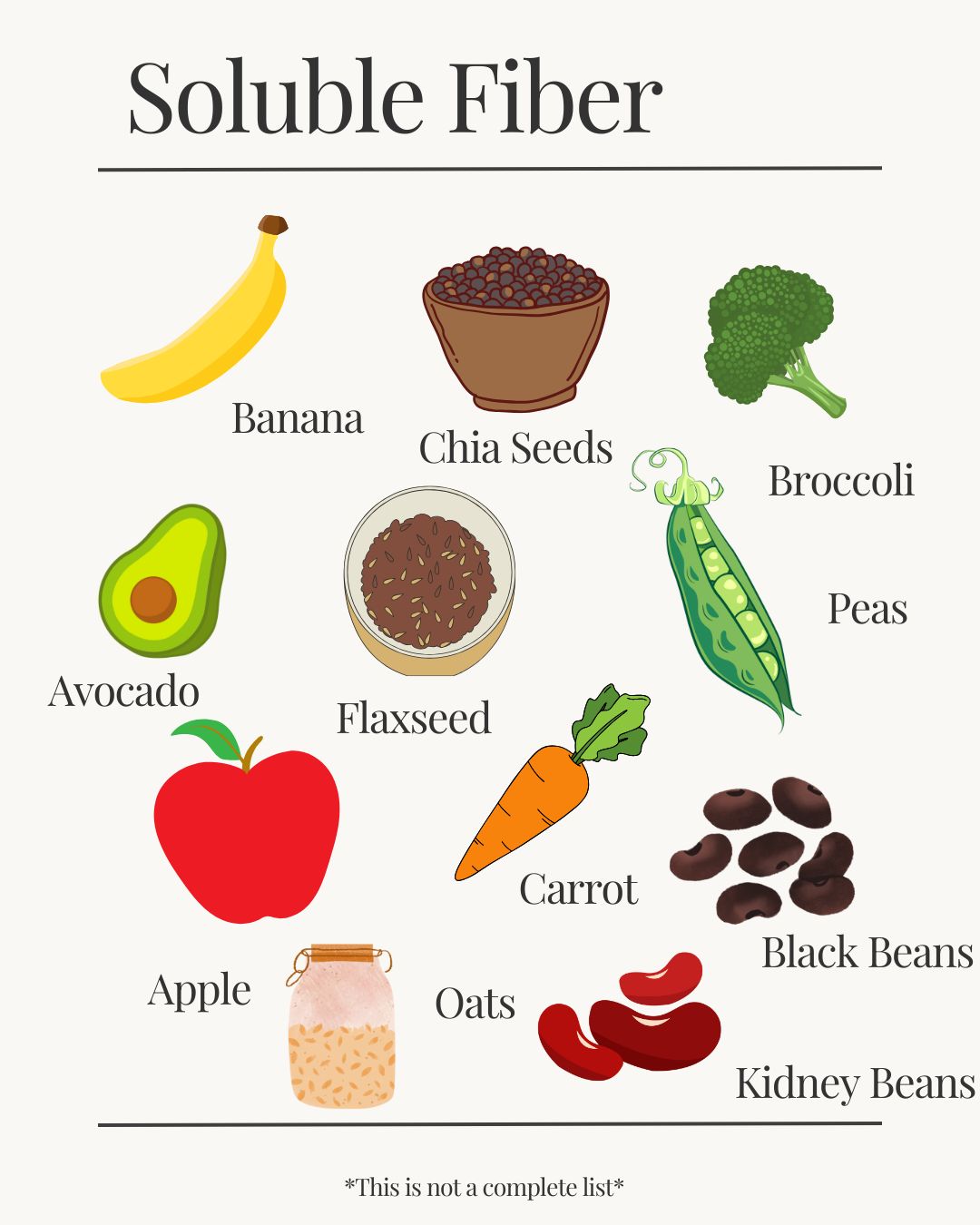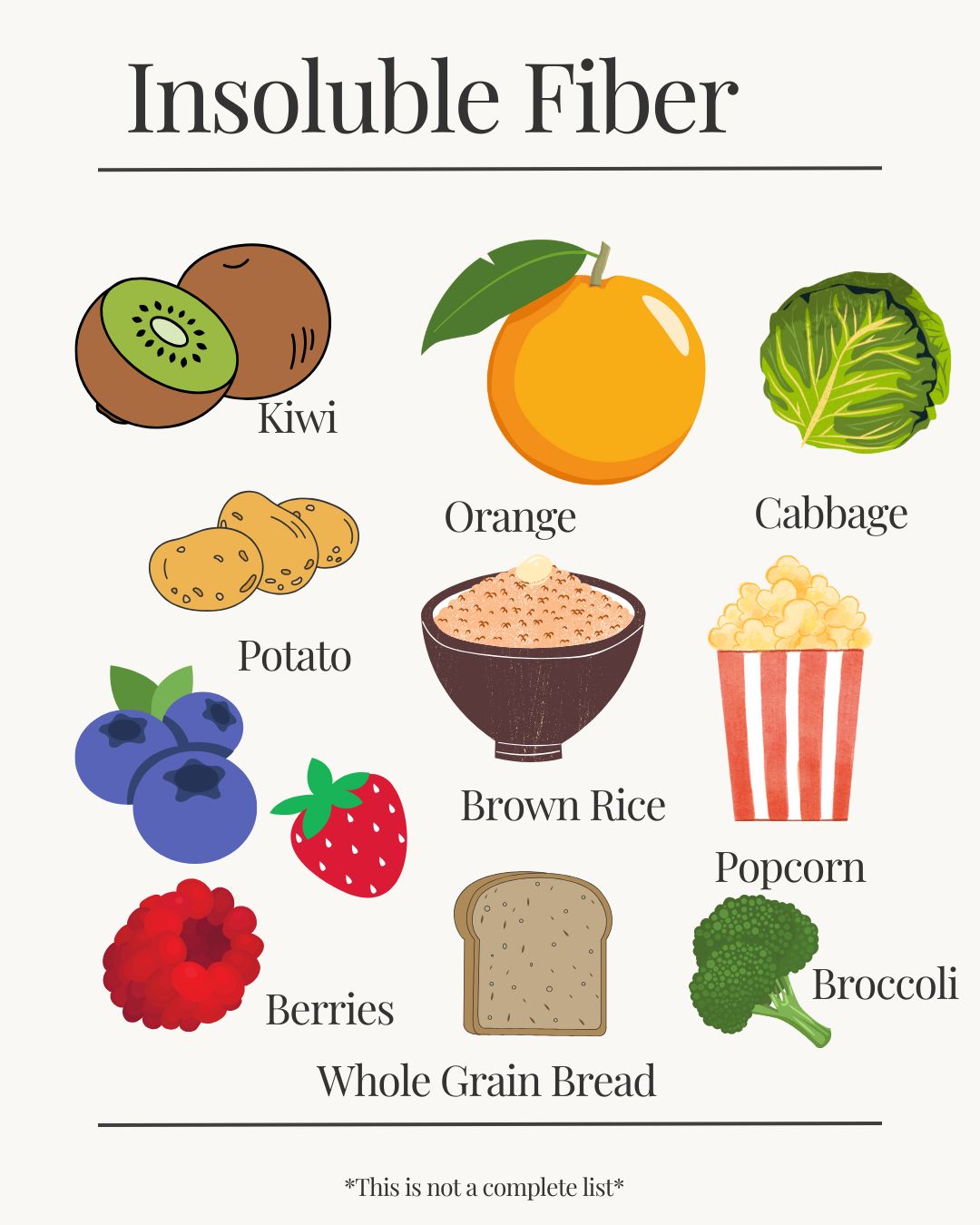Fiber - The Queen
Did you know that 95% of Americans aren’t getting enough fiber? That’s right—most of us are missing out when it comes to this essential nutrient. But don’t worry, we’re here to help you make fiber your new best friend with easy tips and delicious ways to hit your daily goal!
What is fiber?
Fiber is a type of carbohydrate found in plants. It is the non-digestible component of plant foods, passing through your digestive system. There are two types of fiber - insoluble and soluble fiber.
Insoluble fiber does not dissolve in water. It is the "bulky fiber" that is found in whole grains, wheat cereals, and vegetables such as carrots, celery, and tomatoes. This type of fiber helps everything move easily throughout your digestive tract and helps prevent constipation.
Soluble fiber dissolves in water. It helps control blood sugar levels and reduce cholesterol. Good sources include barley, oatmeal, beans, nuts, and fruits such as apples, berries, citrus fruits, and pears.
Where is Fiber Found?
Fiber is found in a variety of plant foods including fruits, vegetables, nuts, seeds, whole grains, and legumes.
What Does Fiber Do For You?
Fiber is an essential nutrient for maintaining a healthy digestive system. With adequate amounts of fiber, it can promote regular bowel movements and feed the beneficial bacteria (probiotics) helping to maintain a healthy gut microbiome.
Not only will fiber keep bowel movements moving regularly, but it will also keep cholesterol moving! Soluble fiber binds to cholesterol and helps remove them from the body.
Fiber helps keep us satiated (full for longer) and slow down the absorption of sugar in our bloodstream, promoting stable blood sugar levels.


How Much Fiber Should You Be Eating Daily?
Men ages 19-50: 38 grams
Women ages 19-50: 25 grams
Men ages 51+: 30 grams
Women ages 51+: 21 grams
Consult with your doctor or dietitian for individualized recommendations based on your goals and past medical history.
How Can You Support Your Daily Fiber Intake?
Start low and slow and be sure to hydrate well to avoid any GI distress when increasing your fiber intake.
Fiber Addition Options:
- Add 1-2 Tbsp chia seeds to your oatmeal
- Add 1-2 Tbsp ground flaxseed to your smoothie
- Add ½ cup chickpeas to your salad
- Snack on vegetables at your snack
- Add nuts to your yogurt
- Swap your white pasta for whole grain or bean based pasta
- Add beans to your soup or stew






